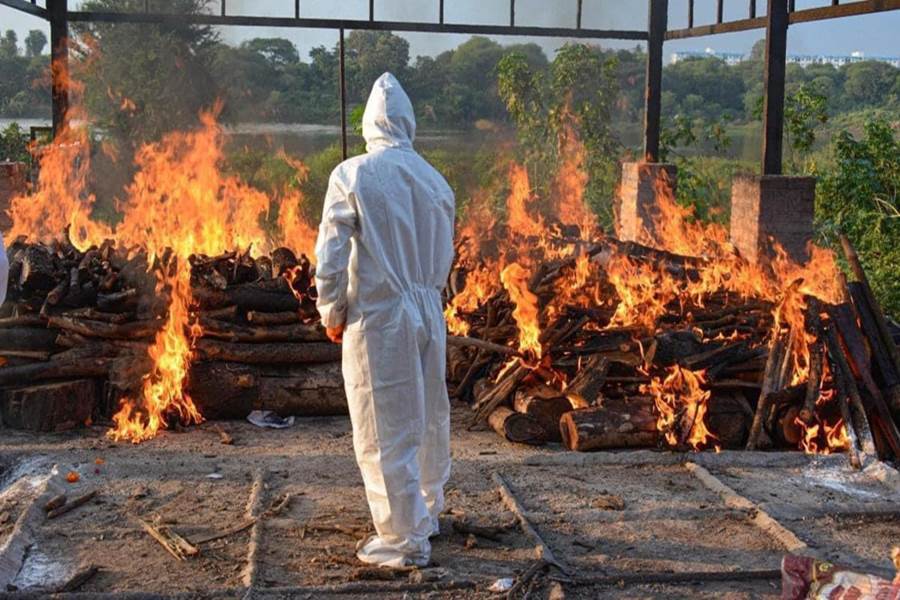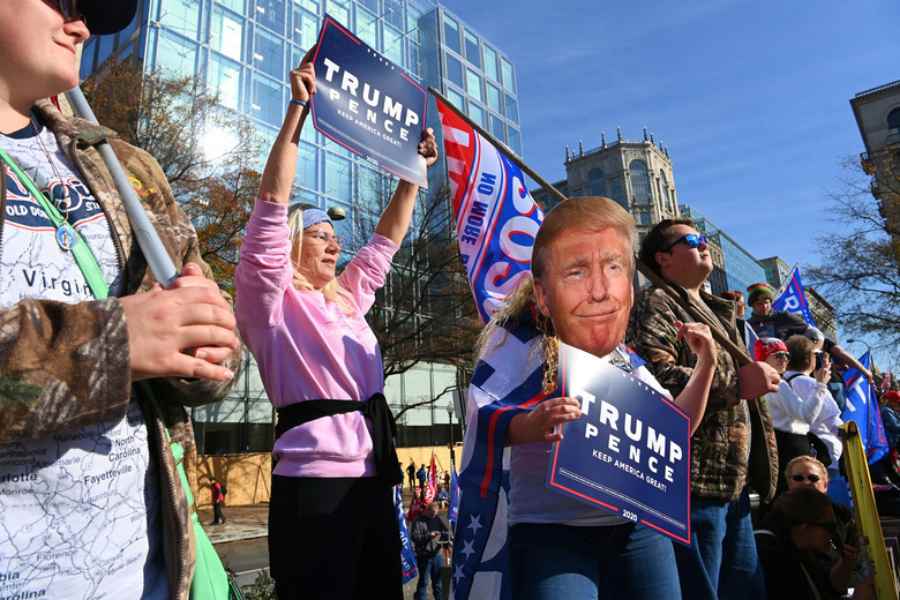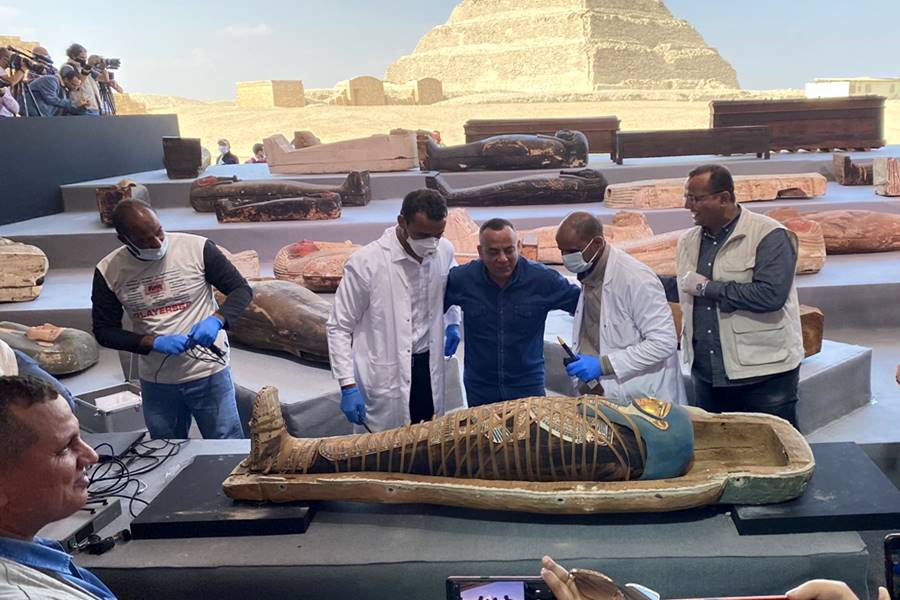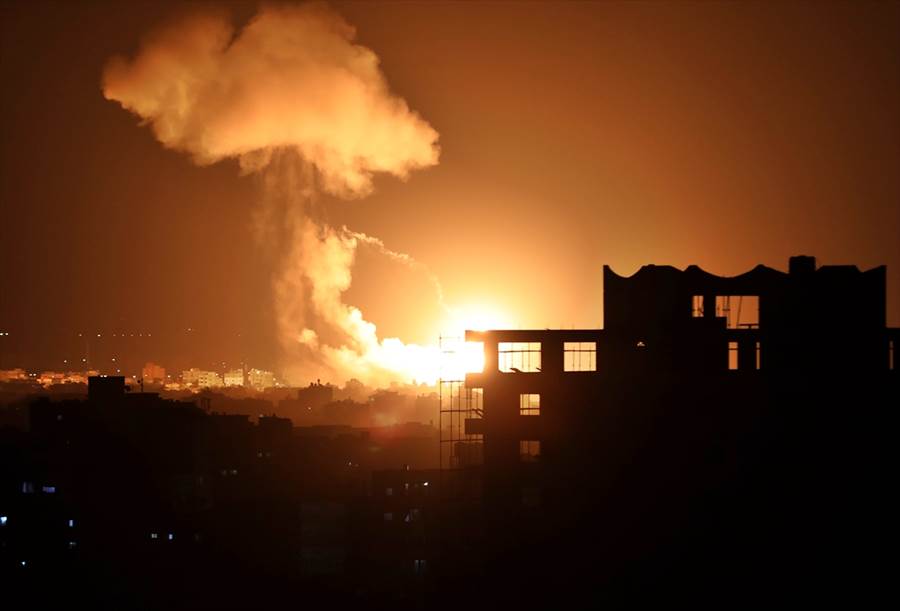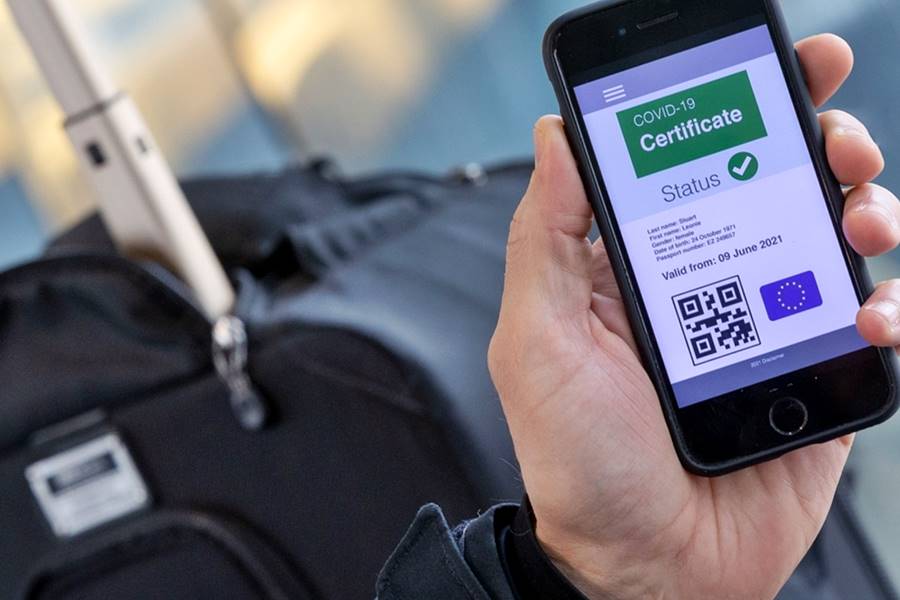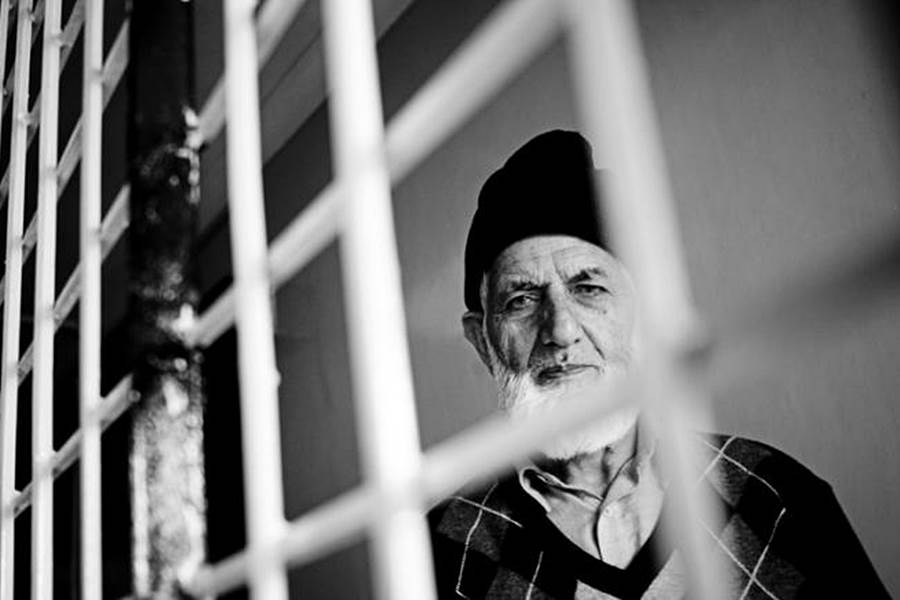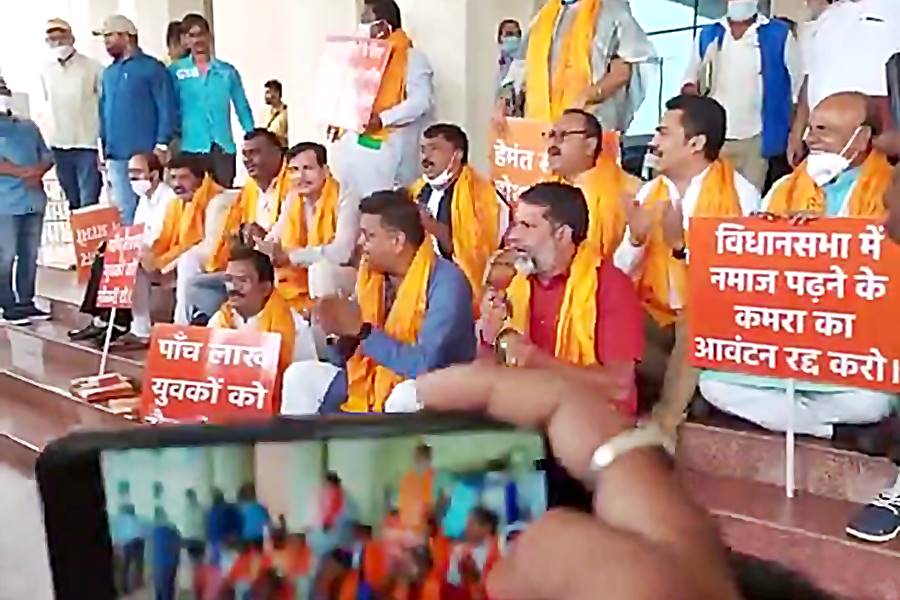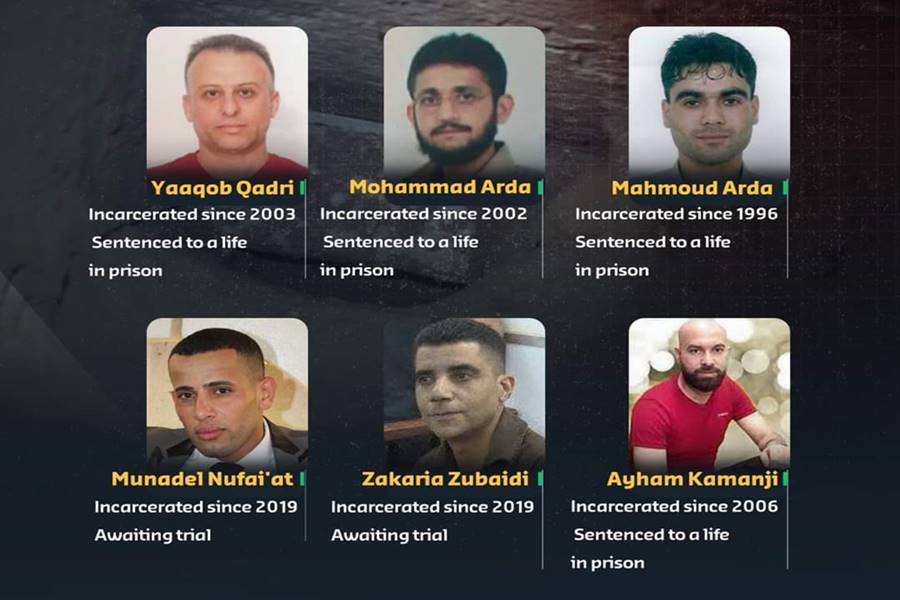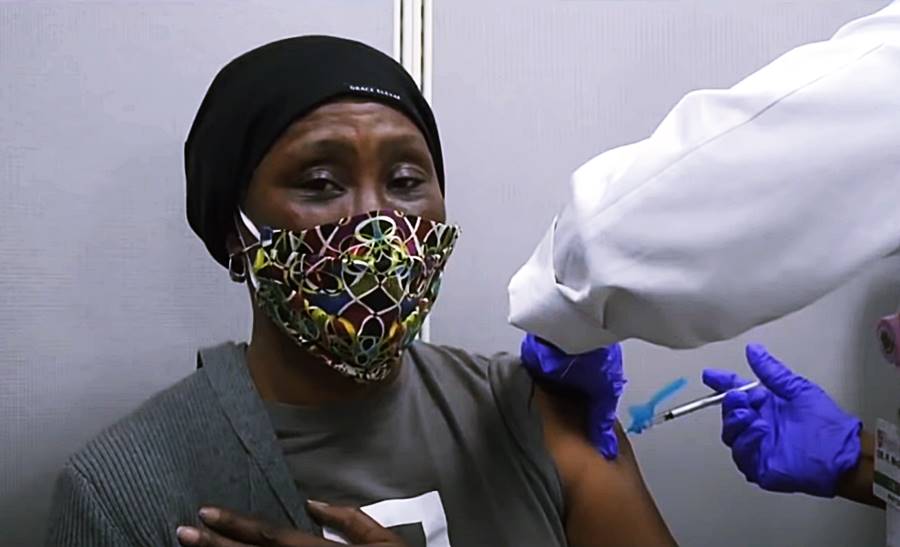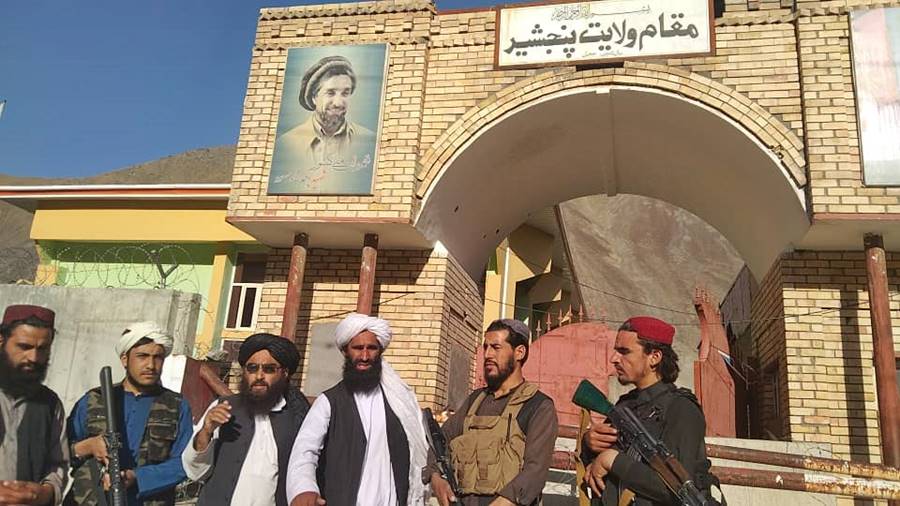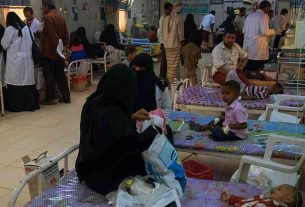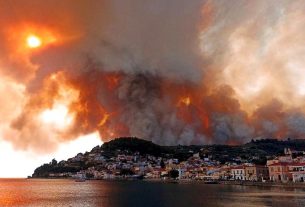Thu 22 April 2021:
India has registered 314,835 new COVID-19 cases within the past 24 hours, marking the largest daily increase since the start of the outbreak, the national Ministry of Health said on Thursday.
The total number of those who tested positive for the coronavirus in India has reached 15,930,965, according to the ministry.
Within the same period of time, the death toll has risen by 2,104 to 184,657 people. More than 13.45 million patients have recovered since the start of the epidemic.
The second wave of coronavirus infections, blamed on a “double mutant” variant and “super-spreader” mass gatherings, in the world’s second-most populous nation has stretched its long-underfunded healthcare system to a breaking point.
Hospitals across northern and western India including the capital, New Delhi, have issued notices to say they have only a few hours of medical oxygen required to keep COVID-19 patients alive.
Cremation on footpaths – short of space in graveyards – #India pic.twitter.com/qs28FoG6Ce
— Shiraz Hassan (@ShirazHassan) April 18, 2021
Watch India n cry!! a view from a cremation center in Lucknow .
A Son all alone performing the last rituals . No hands to carry . pic.twitter.com/t05ALOkPjF— Ankit (@ankit4u3) April 19, 2021
More than two-thirds of hospitals had no vacant beds, according to the Delhi government’s online data base and doctors advised patients to stay at home.
At least 24 COVID-19 patients died in western India’s Maharashtra state on Wednesday when the oxygen supply to their ventilators ran out, amid a nationwide shortage of medical oxygen, hospital beds and medicines such as the anti-viral drug, remdesivir.
Meanwhile, India’s television channels showed images of people with empty oxygen cylinders crowding refilling facilities in the most populous state of Uttar Pradesh as they scrambled to save relatives in hospital.
Non-stop cremations
Officially, almost 180,000 Indians have died from coronavirus, 15,000 of them this month, although some believe the real number may be higher.
Indian social media and newspaper reports have been flooded with horrifying images of row upon row of burning pyres and crematoriums unable to cope.
In the western state of Gujarat, many crematoriums in Surat, Rajkot, Jamnagar and Ahmedabad are operating around the clock with three to four times more bodies than normal.
In the diamond hub of Surat, Gujarat’s second-largest city, Sailor’s Kurukshetra crematorium and a second crematorium known as Umra have cremated more than 100 bodies a day under COVID-19 protocols over the last week, far in excess of the city’s official daily coronavirus death toll of approximately 25, according to interviews with workers.
Prashant Kabrawala, a trustee of Narayan Trust, which manages a third city crematorium called Ashwinikumar, declined to provide the number of bodies received under the virus’ protocols but said cremations there had tripled in recent weeks.
“I have been regularly going to the crematorium since 1987, and been involved in its day-to-day functioning since 2005, but I haven’t seen so many dead bodies coming for cremation in all these years,” even during an outbreak of the bubonic plague in 1994 and floods in 2006.
The iron frames inside another in Surat melted because there was no time to let the furnaces cool.
“Until last month we were cremating 20-odd bodies per day… But since the beginning of April we have been handling over 80 bodies every day,” said a local official at the Ramnath Ghela Crematorium in the city.
Last week, Sandesh, a Gujarati newspaper, counted 63 bodies leaving a single COVID-19-only hospital for burial in the state’s largest city, Ahmedabad, on a day where government data showed 20 coronavirus deaths.
The chimney of one electric furnace in Ahmedabad cracked and collapsed after being in constant use for up to 20 hours every day for the past two weeks.
‘I will run out of space in 3-4 days’
A summer storm is buffeting New Delhi as Mohammed Shamim wearily pauses to glance at yet another ambulance arriving with a coronavirus victim to bury, just minutes after the last.
The gravedigger’s grim workload, like those of others around India, has grown dramatically in the past few weeks in a brutal second wave that has caught authorities badly off guard.
Graveyards and crematoriums across India are struggling to cope with the surging number of deaths as the nation of 1.3 billion people battles a raging Covid outbreak.
When @AFP visited one cemetery in Delhi on Friday, 11 bodies arrived within three hourshttps://t.co/27CUPr2kP8 pic.twitter.com/0BGDeU6wJb
— AFP News Agency (@AFP) April 20, 2021
When AFP visited the Jadid Qabristan Ahle cemetery in the Indian capital – which is now in a week-long lockdown – on Friday, 11 bodies arrived within three hours.
By sunset, 20 bodies were in the ground. This compares to some days in December and January, when his earthmoving machine stayed idle and when many thought the pandemic was over.
“Now, it looks like the virus has legs,” Shamim, 38, a gravedigger like his father and grandfather, told AFP. “At this rate, I will run out of space in three or four days.”
Around the graveyard, white body bags or coffins made out of cheap wood are carried around by people in blue or yellow protective suits and lowered into graves.
Small groups of men, some in skullcaps, look solemnly at the ground as the imam, struggling to be heard as dust laced with rain swirls around, recites final prayers.
India is not the only country to have its coronavirus statistics questioned. But the testimony of workers and a growing body of academic literature suggest deaths in India are being under-reported compared with other countries.
Experts say reliable data is at the heart of any government response to the pandemic, without which planning for hospital vacancies, oxygen and medicine becomes difficult.
Health experts say India let its guard down when the virus seemed to be under control during the winter, allowing big gatherings such as weddings and festivals.
Prime Minister Narendra Modi is himself facing criticism for addressing packed political rallies for local elections and allowing a Hindu festival to go ahead where millions gathered.
On Thursday, despite the biggest public health emergency the country has faced in a generation, people were voting in the eastern state of West Bengal for a new state assembly in an election that Modi has been campaigning in.
“It’s a festival of democracy and everyone is participating. You can see the queues,” said Krishna Kalyan, a candidate from Modi’s ruling Bharatiya Janata Party (BJP).

FOLLOW INDEPENDENT PRESS:
TWITTER (CLICK HERE)
https://twitter.com/IpIndependent
FACEBOOK (CLICK HERE)
https://web.facebook.com/ipindependent
Think your friends would be interested? Share this story!


